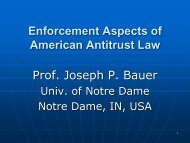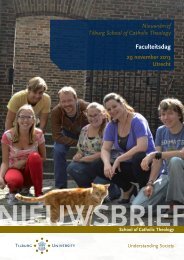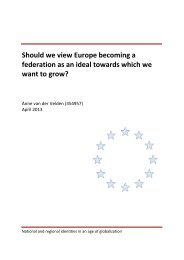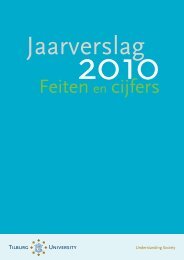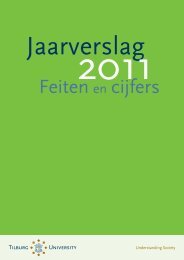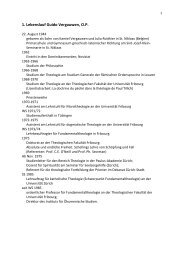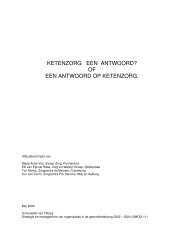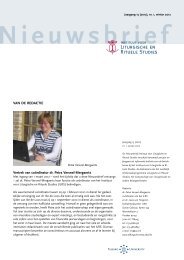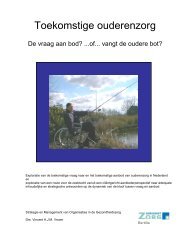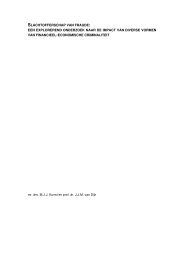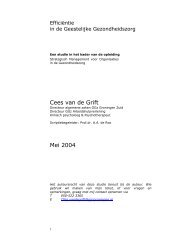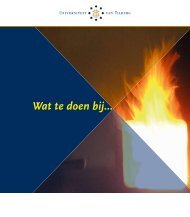Here - Tilburg University
Here - Tilburg University
Here - Tilburg University
You also want an ePaper? Increase the reach of your titles
YUMPU automatically turns print PDFs into web optimized ePapers that Google loves.
a cluster analysis. Using this multivariate method we try to split the interviewers<br />
into two groups, correct and possibly cheating ones. The perfor-mance of this<br />
method is then assessed referring to the fraction of correctly assigned inter-<br />
viewers. Because of knowing the cheating interviewers beforehand, we are able<br />
to validate the clustering process immediately. We conduct some separate<br />
cluster analyses differencing in the amount of included indicators to assess the<br />
performance of every single indicator.<br />
Results of the analysis show that a high share of all falsifiers is actually<br />
pooled together in one cluster albeit some of the honest interviewers are also<br />
added to this group. Concerning the performance of every single indicator the<br />
“extreme-answers ratio” shows the highest share of correctly assigned<br />
interviewers; more than half of the honest and half of the cheat-ing interviewers<br />
could be identified. Thus, we might argue that the “indices of cheating” em-<br />
ployed, help to identify cheaters. The sensitivity of the clustering method is then<br />
analysed by means of bootstrapping. In a synthetic setting, we modify the<br />
number of interviewers and the number of interviews to obtain results with<br />
different sample sizes. As expected a higher number of interviews (by each<br />
interviewer) induces a more correct clustering, meaning that the identification of<br />
the cheating interviewers improves markedly.



